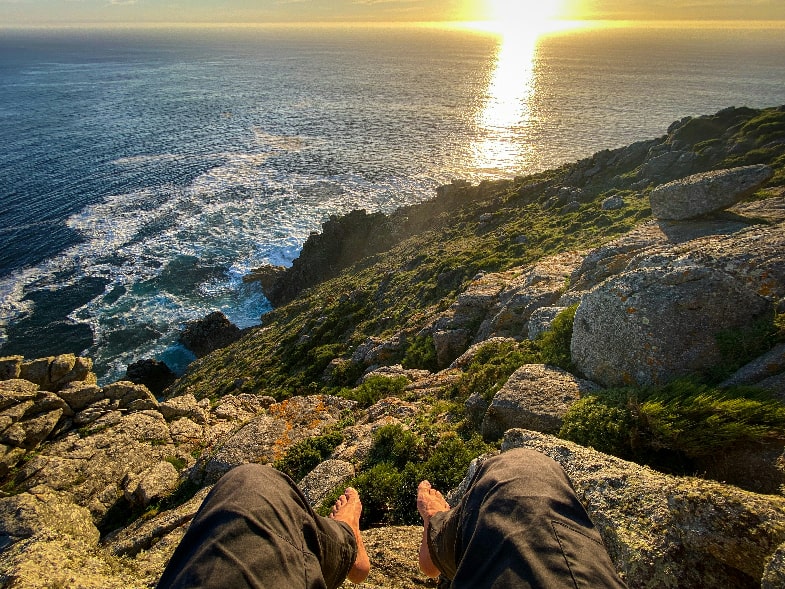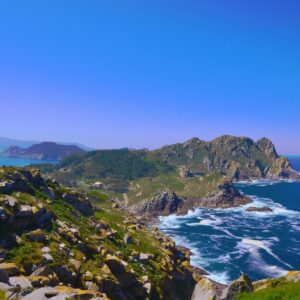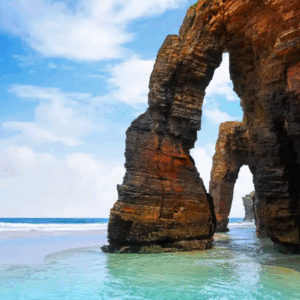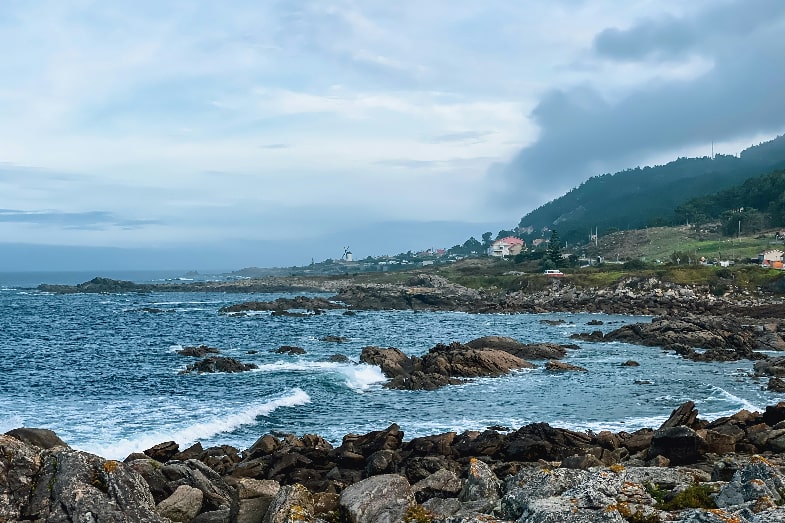All about the Fiesta de la Barca in Muxia

Table of Contents
Fiesta de la Barca in Muxia
Have you heard about the Fiesta de la Barca in Muxía and you don’t know exactly what it refers to or what its history is?
Below, we bring you everything you need to know about it, as well as some interesting facts that will make you want to visit Muxia in case you haven’t done so yet.
Don’t miss all the details we tell you at Galicia Travels!
Galicia Travels products
-

Rias Baixas Excursion
Rated 4.93 out of 530,00€ – 55,00€Price range: 30,00€ through 55,00€ Select date(s) This product has multiple variants. The options may be chosen on the product page -

Playa de Catedrales – Mariña Lucense – Asturias
Rated 4.92 out of 535,00€ – 60,00€Price range: 35,00€ through 60,00€ Select date(s) This product has multiple variants. The options may be chosen on the product page -

French Way
360,00€ – 2.150,00€Price range: 360,00€ through 2.150,00€ Select options This product has multiple variants. The options may be chosen on the product page -
Sale!

Finisterre, Muxía, Costa da Morte
Rated 4.94 out of 520,00€ – 49,00€Price range: 20,00€ through 49,00€ Select date(s) This product has multiple variants. The options may be chosen on the product page
Origin of the Muxia boat festival
Well, the origin of the Fiesta de la Barca in Muxía comes from an ancient legend that tells of the miraculous arrival of the Virgin Mary in a stone boat to encourage Santiago the Apostle in his mission of preaching Christianity in Galicia.
From this legend, the Virgin of the Boat became a figure venerated by sailors and fishermen of the region, who pray to her for protection from the dangers of the sea and to obtain good catches.
This veneration of the figure of the Virgin Mary gave rise to the fiesta de la barca, the most important event of which is the maritime procession in which a replica of the stone boat that brought the Virgin always leaves, all of this while being decorated with flowers and flags.
During the procession, the local streets are traversed until it reaches the Muxía cove, ending with a ceremony in which the boats are blessed to ensure a prosperous and safe year at sea.
During the procession in question, there is also the music of bagpipes and songs. Beyond the central act that is embodied in the procession, the truth is that the Fiesta de la Barca has other festive events that range from the celebration of different liturgies in its honour to the performance of traditional music concerts and folk dances.
In addition, a series of celebrations on the sea take place at this festival to conclude the festive day. A festival that also includes the best of local gastronomy, as both artisans and local merchants display their products at fairs and markets in the area. In this way, attendees can eat the best fish and taste the best wines. locals to buy handmade ceramic pieces and other artistic creations that showcase the great talent of the area’s artisans.
Read also: MUXÍA: THE CAPITAL OF THE COAST OF DEATH

Date of the Fiesta de la Barca in Muxia
In 2024, la Fiesta de la Barca, also known as the Pilgrimage of the Virgin of the Boat, moves to the weekend of September 15.
This is because although it is usually the second Sunday of September, this year it fell on the 8th and has been postponed a little further.
Without a doubt, this beautiful pilgrimage is a day of celebration that should not be missed. It should be remembered that it was declared of National Tourist Interest in 1989.
This has made it a celebration that welcomes people not only from Muxia, but also from all over Galicia, Spain and even different parts of the world.
This has been possible because it has become, in its own right, a cult celebration and those who attend entrust themselves to the saint and the stones to cure their ills, as well as to have a good year at sea in the case of people who dedicate themselves to it.
A great experience and celebration to see and learn more about the different traditions that exist in Spain.
